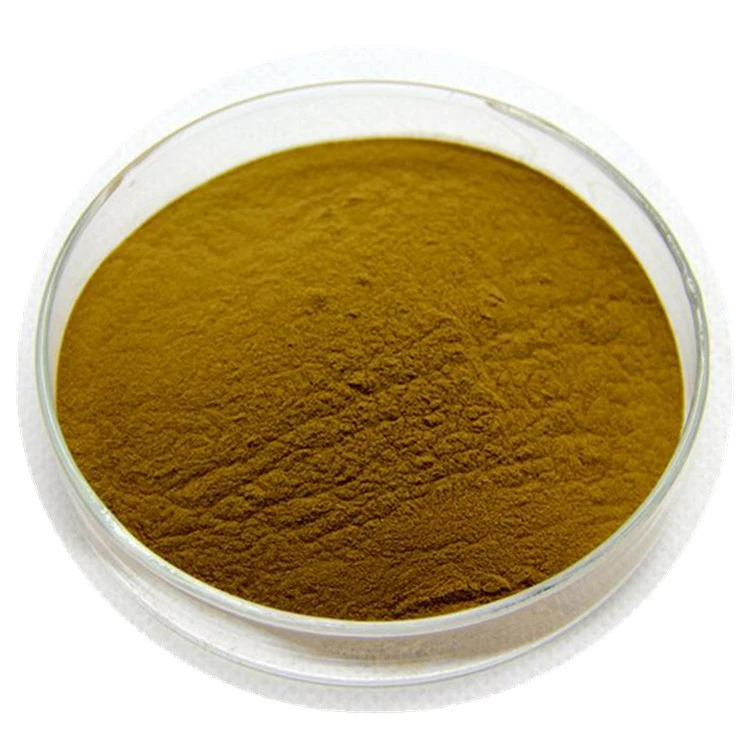Warning: Undefined array key "title" in /home/www/wwwroot/HTML/www.exportstart.com/wp-content/themes/1198/header.php on line 6
Warning: Undefined array key "file" in /home/www/wwwroot/HTML/www.exportstart.com/wp-content/themes/1198/header.php on line 7
Warning: Undefined array key "title" in /home/www/wwwroot/HTML/www.exportstart.com/wp-content/themes/1198/header.php on line 7
Warning: Undefined array key "title" in /home/www/wwwroot/HTML/www.exportstart.com/wp-content/themes/1198/header.php on line 7
- Afrikaans
- Albanian
- Amharic
- Arabic
- Armenian
- Azerbaijani
- Basque
- Belarusian
- Bengali
- Bosnian
- Bulgarian
- Catalan
- Cebuano
- China
- China (Taiwan)
- Corsican
- Croatian
- Czech
- Danish
- Dutch
- English
- Esperanto
- Estonian
- Finnish
- French
- Frisian
- Galician
- Georgian
- German
- Greek
- Gujarati
- Haitian Creole
- hausa
- hawaiian
- Hebrew
- Hindi
- Miao
- Hungarian
- Icelandic
- igbo
- Indonesian
- irish
- Italian
- Japanese
- Javanese
- Kannada
- kazakh
- Khmer
- Rwandese
- Korean
- Kurdish
- Kyrgyz
- Lao
- Latin
- Latvian
- Lithuanian
- Luxembourgish
- Macedonian
- Malgashi
- Malay
- Malayalam
- Maltese
- Maori
- Marathi
- Mongolian
- Myanmar
- Nepali
- Norwegian
- Norwegian
- Occitan
- Pashto
- Persian
- Polish
- Portuguese
- Punjabi
- Romanian
- Russian
- Samoan
- Scottish Gaelic
- Serbian
- Sesotho
- Shona
- Sindhi
- Sinhala
- Slovak
- Slovenian
- Somali
- Spanish
- Sundanese
- Swahili
- Swedish
- Tagalog
- Tajik
- Tamil
- Tatar
- Telugu
- Thai
- Turkish
- Turkmen
- Ukrainian
- Urdu
- Uighur
- Uzbek
- Vietnamese
- Welsh
- Bantu
- Yiddish
- Yoruba
- Zulu
aug. . 05, 2024 01:12 Back to list
Exploring the Chemical Properties and Applications of Adipic Acid in Modern Industry and Research
Adipic Acid An Overview and Its Significance
Adipic acid, chemically known as hexanedioic acid, is a dicarboxylic acid with the IUPAC name of 1,6-hexanedicarboxylic acid. It is an important organic compound that plays a crucial role in the production of various industrial materials, the most notable being nylon-66. Its molecular formula is C6H10O4, and its structure features a six-carbon chain with carboxyl functional groups at both ends.
Adipic Acid An Overview and Its Significance
Beyond nylon production, adipic acid serves as an important intermediate in the manufacturing of various other chemicals. It is involved in the production of polyurethanes, which are used in foam products, coatings, and adhesives. Additionally, adipic acid can be utilized to synthesize plasticizers, which enhance the flexibility and durability of materials like PVC.
adipic acid iupac name

The industrial production of adipic acid has historically relied on the nitric acid oxidation of cyclohexanol and cyclohexanone. This conventional method, while effective, has raised environmental concerns due to the generation of nitrous oxide (N2O), a potent greenhouse gas. In light of these concerns, alternative production methods are being explored, including more sustainable routes that utilize renewable resources. For example, research is being conducted into biotechnological processes that involve the utilization of microorganisms to convert biomass into adipic acid, potentially reducing carbon footprints and environmental impact.
From a consumer perspective, adipic acid is also used as a food additive, classified as E355 in the European food additive numbering system. In this capacity, it acts primarily as a flavor enhancer and acidity regulator. The compound is known for imparting a mildly tart taste to certain food products, thereby enhancing their overall flavor profile.
Despite its wide-ranging applications, the production and use of adipic acid raise some health and safety considerations. Safety data sheets indicate that while adipic acid is relatively non-toxic, it can cause irritation to the eyes, skin, and respiratory tract upon prolonged exposure. Therefore, proper handling and safety measures are essential in industrial settings to mitigate potential hazards.
In conclusion, adipic acid is a versatile compound with significant industrial importance, especially in the production of nylon and other polymers. Its IUPAC name, 1,6-hexanedicarboxylic acid, reflects its chemical structure, and it is an integral part of numerous applications ranging from textiles to food products. As industries increasingly seek more sustainable practices, the development of greener methods for producing adipic acid is a promising area of research. Through continued innovation and adherence to safety standards, the utilization of adipic acid can be expanded responsibly, benefiting both industry and consumers alike.
Latest news
-
Certifications for Vegetarian and Xanthan Gum Vegetarian
NewsJun.17,2025
-
Sustainability Trends Reshaping the SLES N70 Market
NewsJun.17,2025
-
Propylene Glycol Use in Vaccines: Balancing Function and Perception
NewsJun.17,2025
-
Petroleum Jelly in Skincare: Balancing Benefits and Backlash
NewsJun.17,2025
-
Energy Price Volatility and Ripple Effect on Caprolactam Markets
NewsJun.17,2025
-
Spectroscopic Techniques for Adipic Acid Molecular Weight
NewsJun.17,2025

